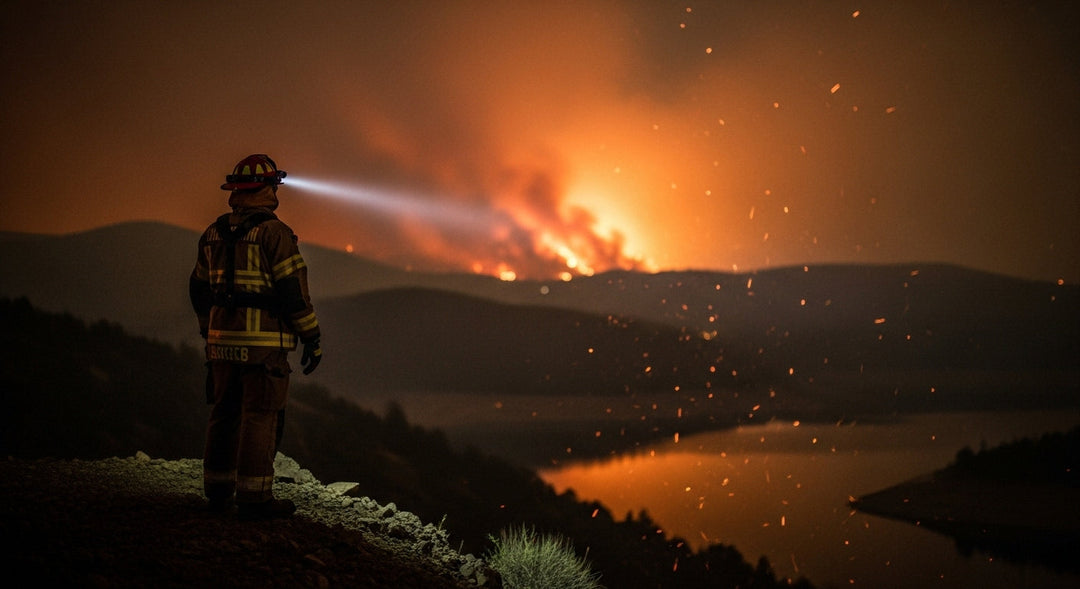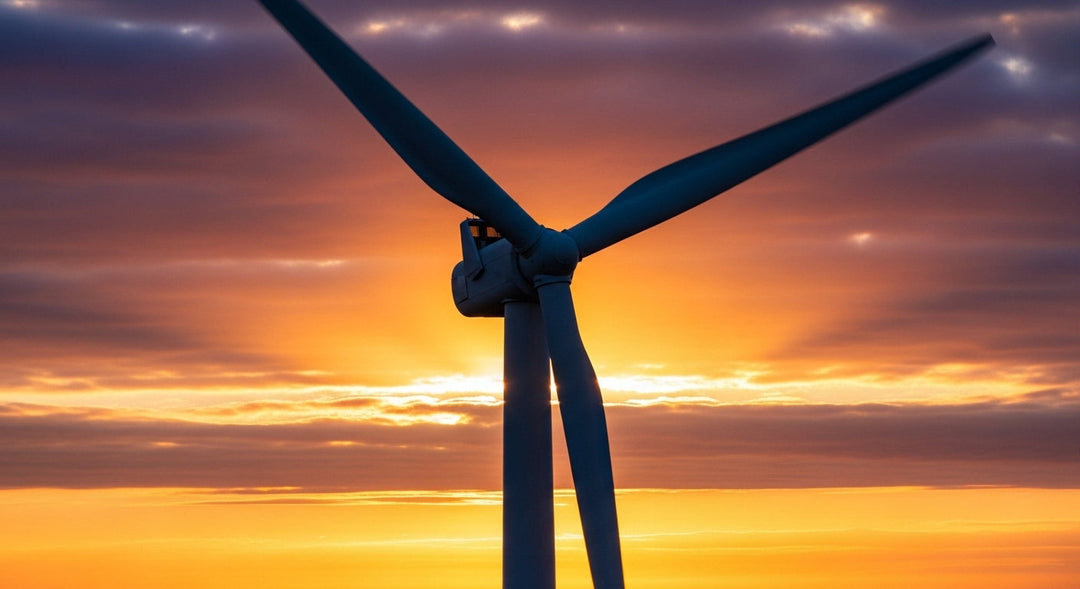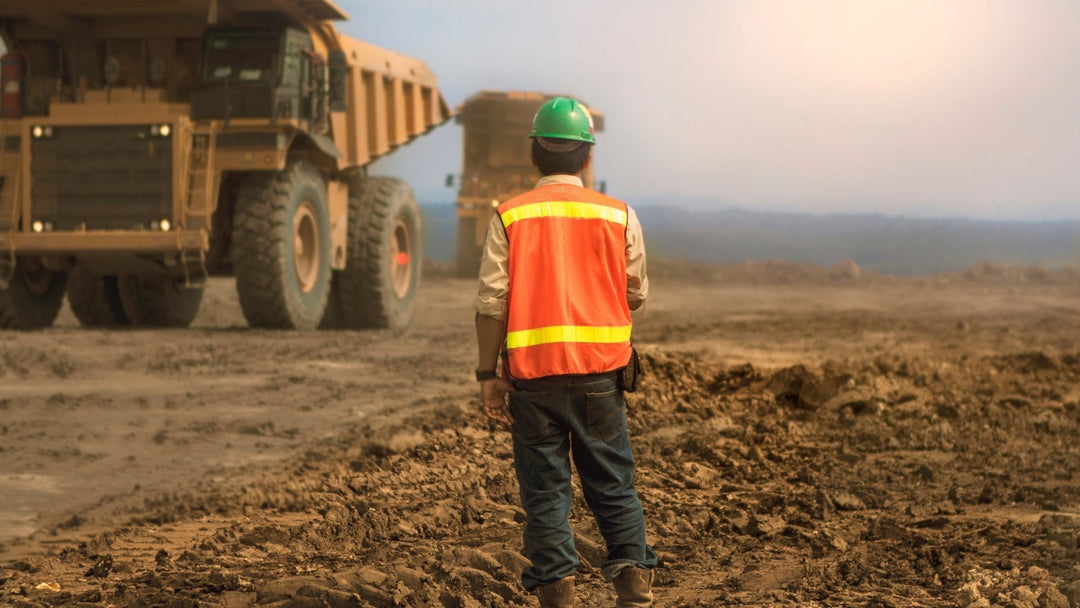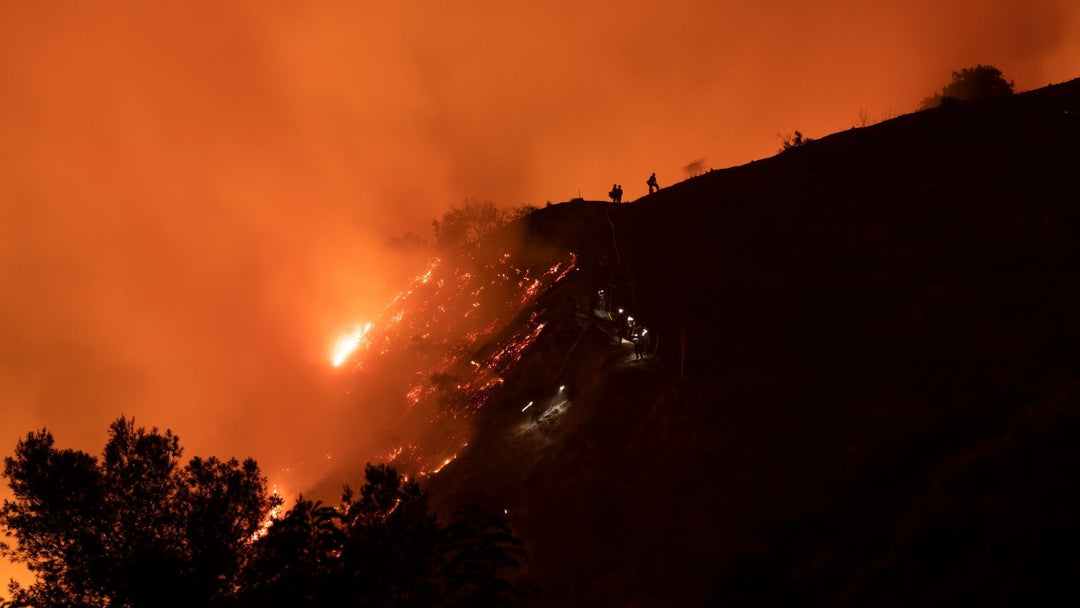Key Developments in Renewable Energy Auctions
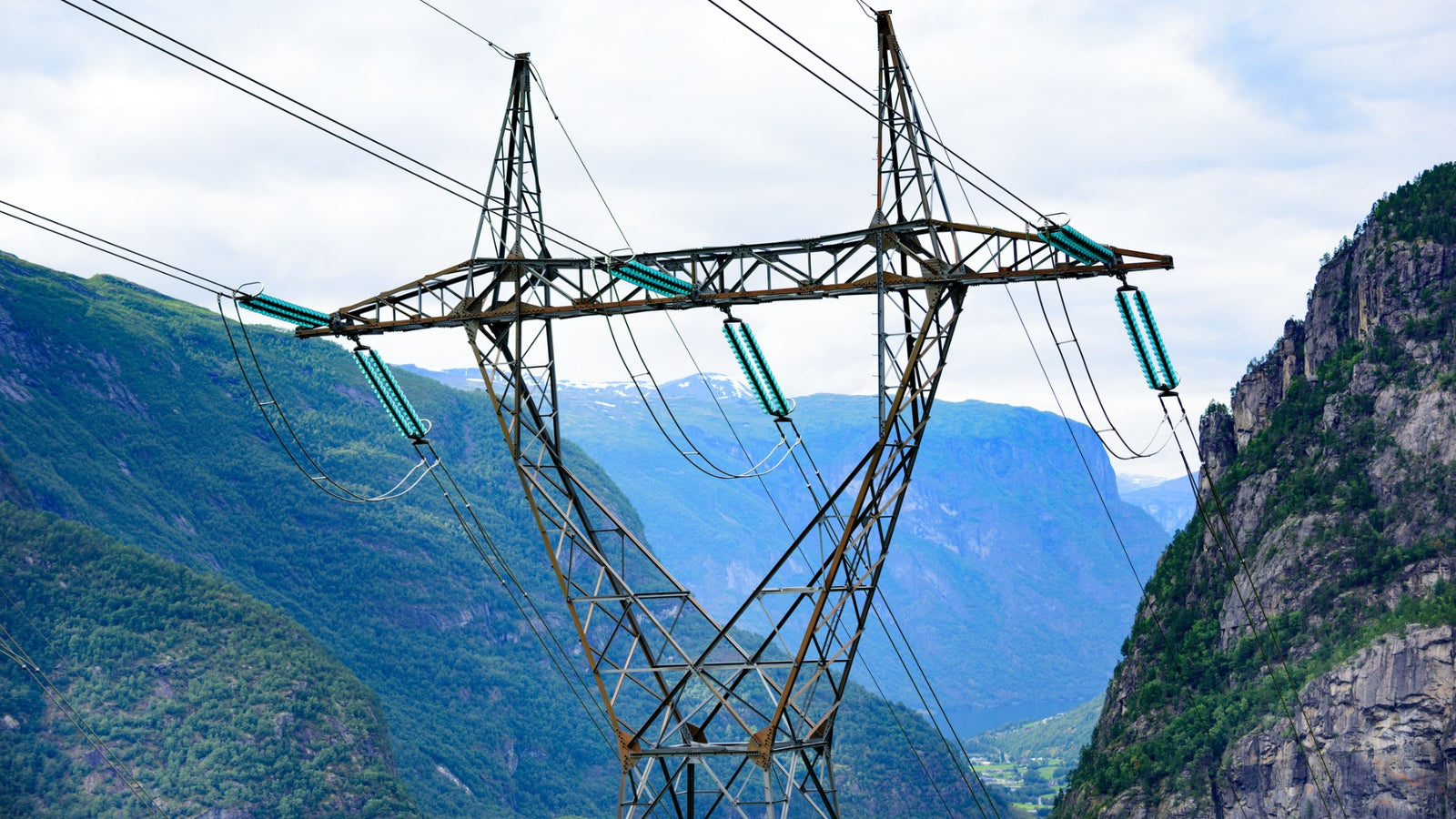
Renewable energy auctions keep reducing prices, and more nations are adopting them each year. However, price decreases have slowed, which brings some auction designs into question. These recent trends call for careful analysis and expert guidance.
The Growing Popularity of Energy Auctions
Renewable energy auctions have spread to countries around the world because they achieve environmental goals in a cost-effective way. REN21 reported that sustainable power auctions took place in over 47 countries in 2018, up from just 29 in 2017. Nearly half of those countries were holding their first renewable auctions, according to the International Renewable Energy Agency (IRENA).
Newcomers to energy auctions, whether governments or contractors, have an even greater need for our experienced consultants at EHI. Many nations from Africa and the Asia-Pacific area held their first auctions in 2018. Although Europe and Latin America pioneered energy auctions, Asia-Pacific auctioned more renewable energy than any other region between 2017 and 2018.
The Rise of Solar
Continuing advances in solar technology are also fueling an increase in solar energy auctions. IRENA found that solar now accounts for 55% of all renewable energy auctioned. Solar technology is increasingly able to compete with traditional power sources on a cost basis, and that is driving adoption. Almost half of all solar auctions took place in the Asia-Pacific region, which mostly lacks fossil fuels and often has high solar potential.
Solar dominated renewable energy auctions in Africa, and Africa auctioned more than twice as much solar energy as the Americas. While the new interest in solar auctions is driven by economics in Asia and Africa, environmental concerns still dominate elsewhere. Europe remains the second-highest auctioneer of solar energy, despite generally low potential.
Will Power Prices Continue to Move Lower?
Although renewable energy auction prices continue to fall, the rate of decline has slowed substantially. Even solar prices fell only 6% in 2018, compared to an average annual decrease of about 17% during the previous seven years. IRENA statistics also show that onshore wind prices went up slightly, from $46 to $55 per MWh.
There are several possible explanations for the smaller declines in energy auction prices. The best opportunities for renewable power generation in Europe are already well developed, so building additional capacity there is more costly. Another possibility is that as auctions become more widespread, their ability to further drive down prices naturally decreases.
Auction Design a Key Driver of Stakeholder Returns
While reverse auctions have been successful in reducing prices, further progress will require more sophisticated auction design. The underbidding encouraged by reverse auctions is the most prominent issue. When companies underbid, it can lead to project completion issues with a variety of different solutions.
One path is market-based, with shorter timetables and smaller targets. In this scenario, renewable energy producers with established facilities could sell at market prices at regularly held auctions. Another solution is more central control, with governments specifying sites and other details for renewable energy projects. Firms would then bid on these projects.
The best auction design solutions are optimized for the problems they are intended to solve. On the whole, the centralized approach holds more promise for achieving particular goals and constructing new facilities. The economies of scale involved in building power generation facilities usually make the initial cost too high for smaller short-term contracts.
In actual practice, more market-based solutions require more developed renewable energy production capabilities. Regardless of the approach adopted, there is definitely room for improving auction design. EHI stands ready to assist governments in developing the optimal renewable energy auctions to meet their goals. We can also advise contractors on estimating costs and other bidding considerations in each auction system.
Winning the Future
The continuing spread of renewable energy auctions and lower prices are both testaments to their effectiveness. There are some real issues with auction design that must still be addressed, but the world is making progress. Working together, we can do far more than win auctions. We can win a more sustainable future.


